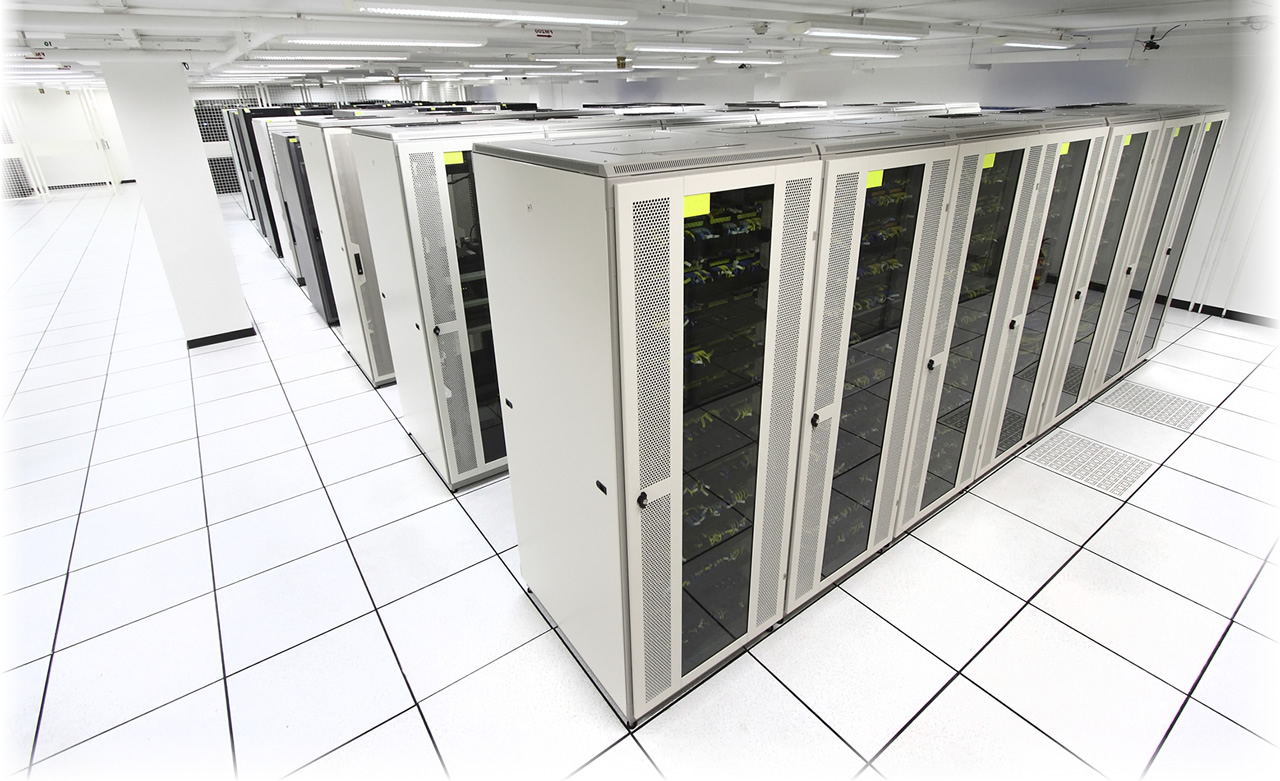You may have heard the term ‘data room’ floating around a lot recently. The technology is commonly used by corporations during mergers and acquisitions (M&A) when the seller has to advertise sensitive information about their company to multiple interested buyers.
In the past, the process of M&A and due diligence had been carried out in physical data rooms, where businessmen would present printed copies of the business files. Now, the virtual data room has all but replaced the physical form for reasons of security, cost and efficiency.
The technology is essentially an extranet that contains an online repository of information. Bidders are given access to it with a secure login supplied by the seller, and have strict controls placed upon them. This means that they can’t release the confidential information by forwarding, copying or printing the files. When a business needs to harness the power of this technology, companies like Imprima provide virtual data rooms that can be used to execute global transactions of any size – anywhere, anytime.
Time limits on viewing and logging the data can be set by the vendor, and the drawbacks of the physical data room are a thing of the past. The VDR can be made accessible 24/7 over the allowed time period; this makes it invaluable for negotiating with bidders in different time zones. It also means that business men don’t have to travel to a psychical location to view the data.
VDRs are also used when dealing with property sales, corporate finance, intellectual property and litigation. As such, they are also essential for law firms. In an article published on Forbes, it was reported that the success of cloud computing is widely attributed to employees. People have become so comfortable with storing and sharing files online that it has finally made it’s way into corporate policy.
If you’d like to learn more about the advantages of this technology, Stevens & Bolton has an informative article you can read, here.













